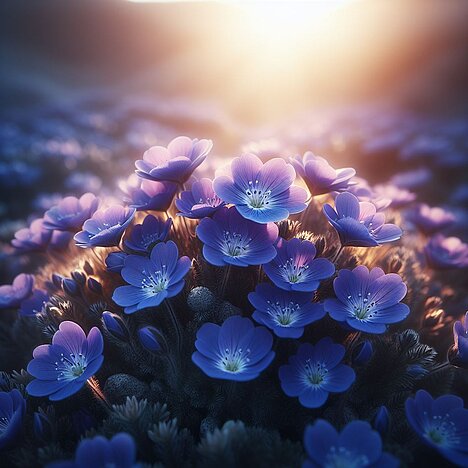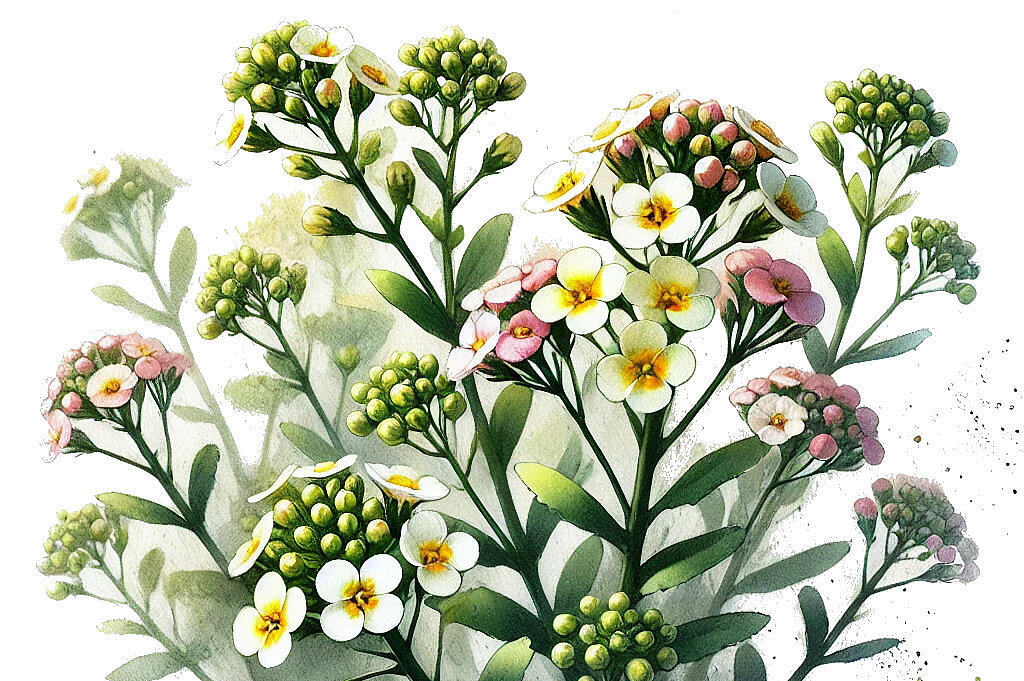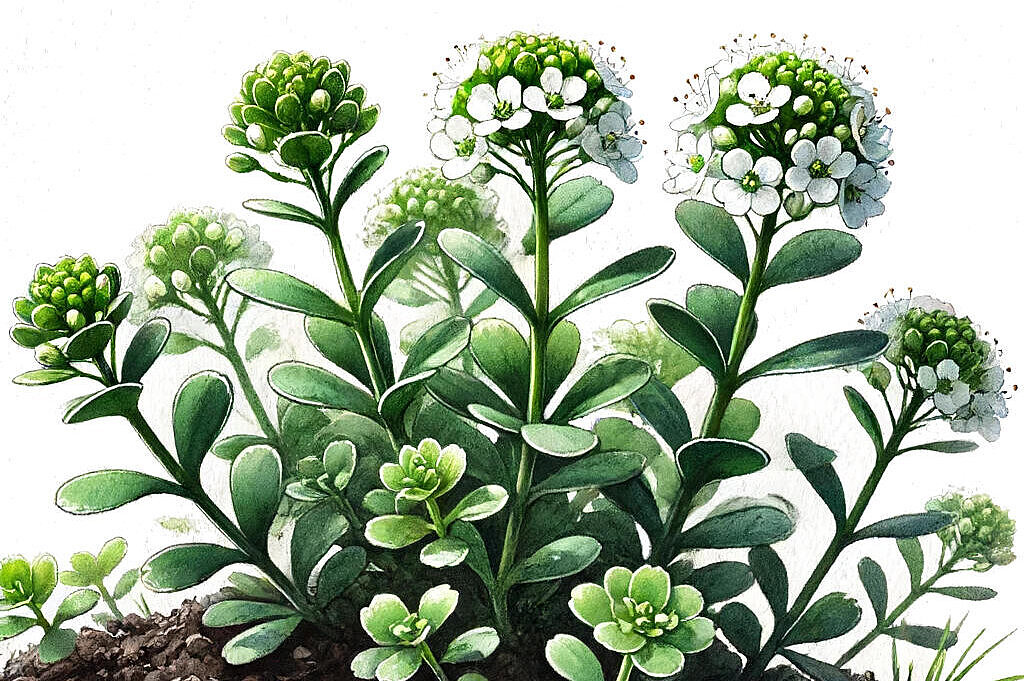Blue cushion

What is blue cushion?
Blue cushion (Aubrieta deltoidea) belongs to the cruciferous family (Brassicaceae) and is known for its lush flowering in spring. This ground-covering perennial originally comes from southern Europe, but has now established itself as a popular garden plant in many parts of the world. Blue cushions are characterized by their dense, matte growth habit, which beautifies rock gardens, wall crowns and dry stone walls with their bright flowers.
Advantages of blue cushions near dogs
Aesthetic value and stress reduction
Blue cushions not only bring color and life to your garden, but can also have a calming effect on people and possibly pets. The presence of flowering plants has been linked to a reduction in stress and anxiety, which can be beneficial for both you and your dog.
Environmentally friendly garden option
As a low-maintenance and drought-tolerant plant, blue cushion is an excellent choice for environmentally conscious gardening. Its low water requirements make it a sustainable option that contributes to a healthy ecosystem that your dog can also benefit from.
Disadvantages: Care should be taken
Toxicity: A low risk?
Unlike many other garden plants, there are no known widespread toxicity issues for dogs with bluebottle. However, it is always advisable to exercise caution as a dog's individual reaction to a plant can vary. Symptoms such as vomiting or diarrhea after ingesting plant parts are general signs of intolerance.
Danger from fertilizers and pesticides
Another aspect that should be considered is the possible use of fertilizers or pesticides on blue cushions. Chemicals used to care for garden plants can be harmful to pets. It is important to choose pet-friendly products and keep your dog away from freshly treated areas.
Dealing with blue cushions: A safe garden for your dog
To make sure your garden is a safe place for both your blue cushion and your dog, follow these tips:
- Supervise your dog around bluebonnets and other plants to make sure he doesn't eat any parts of the plant.
- Use pet-safe fertilizers and pesticides to minimize the risks of chemical exposure.
- Encourage your dog's natural curiosity with safe toys and outdoor activities to divert their attention away from the plants.
Blue cushions can be a wonderful addition to your garden and offer aesthetic as well as environmental benefits that can also benefit your dog. Although bluebottles are generally considered safe for dogs, it's important to take precautions to ensure your garden remains a safe and happy place for your four-legged friend. By gardening responsibly and keeping a watchful eye, you can enjoy the beauty of bluebonnets without jeopardizing your dog's health and safety.
Properties 4
Are you looking for other ingredients with a specific property?
Just click on them to find more.
If you notice any signs of hypersensitivity or poisoning in your dog, you should see your vet immediately. We are not a substitute for a vet, but we try to be as accurate as possible. Every dog reacts differently and we recommend you get a second opinion or consult your vet if in doubt.
Stay healthy and take good care of your four-legged friend!😊
Similar to Blue cushion
Stonecrops (Alyssum) are a genus in the cruciferous family (Brassicaceae), native to Europe, Asia and North Africa. These plants are known for their hardy nature and ability to thrive in stony and...
Goosecresses (genus Arabidopsis), known for their single, white to light purple flowers, are members of the cruciferous family (Brassicaceae). They are widespread and popular for their easy-care...
Ribbon flowers belong to the cruciferous family (Brassicaceae) and comprise around 30 species, mainly native to the Mediterranean region. They are known for their attractive white, pink or purple...
Cushion phlox(Phlox subulata) belongs to the phlox family and is a perennial, ground-covering plant that is characterized by its dense and flat growth habit. It flowers in various colors, including...



